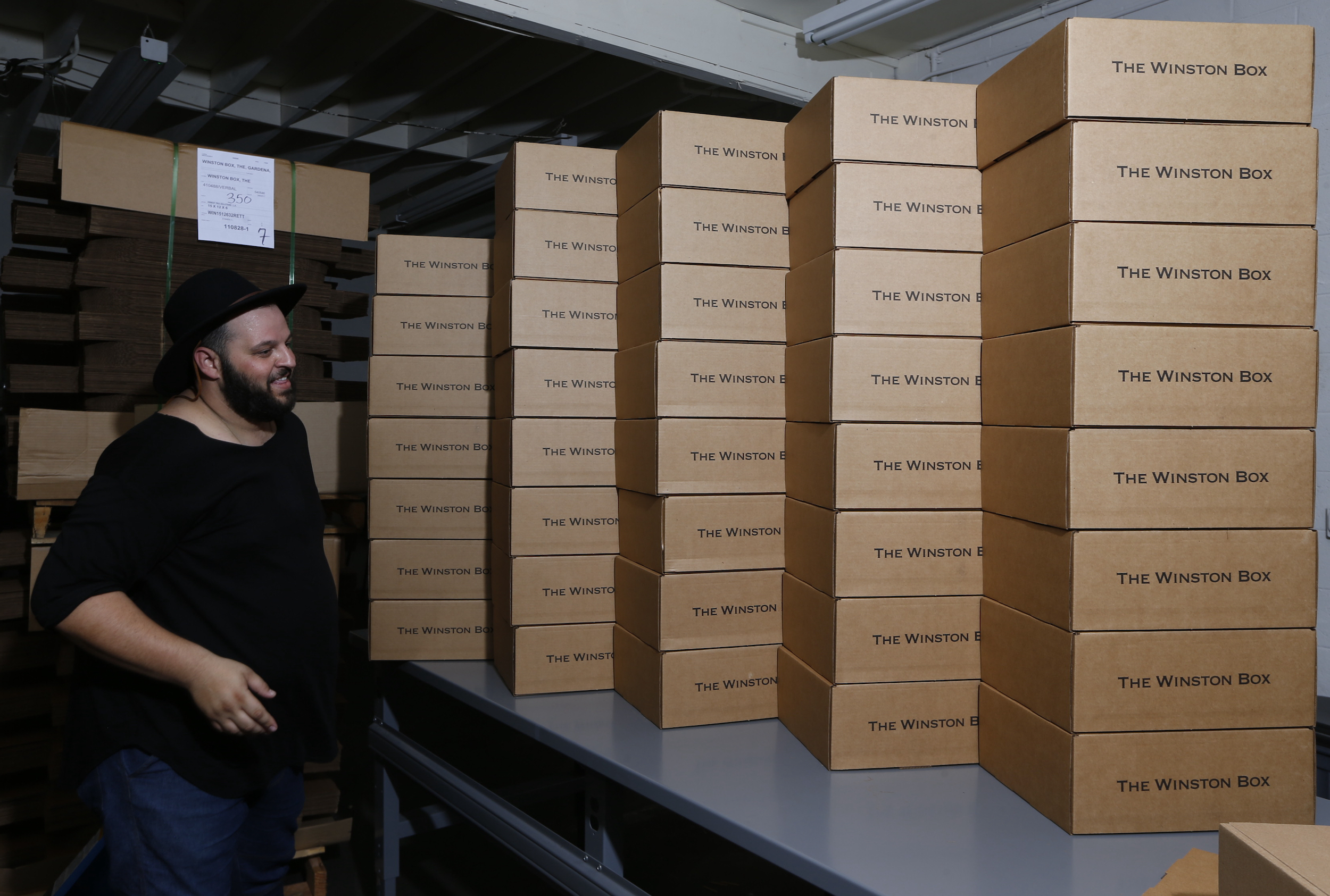Originally published at Poynter by David Cohn
Glossy brands are situated for an increase in digital shopping, but it isn’t just for them. Local media organizations can offer their own twist.

In 2022, people will adjust to the new normal. The pandemic that started in 2020 will begin to fade. That’s not to say all the problems in its wake will be solved, but the public will adjust and move on. News organizations will have to do the same.
With the shift to the new normal comes lots of opportunities. One that I think is poised to grow in 2022 is how local and national media organizations will diversify revenue strategies, specifically by leaning into e-commerce.
In August 2021, Esquire magazine teamed up with Bespoke, a monthly subscription service of curated goods. The collaboration offered a perfect cross-marketing opportunity. Esquire could bring its discerning taste and audience with Bespoke providing the infrastructure to do regular co-branded monthly collections shipped directly to their home. This isn’t a “shop” button on the Esquire homepage. That would sully the site with 2009 style e-commerce. This is “an experience” with editorial edge.
We’ve been in a vast unbundling phase that began with Craigslist and today is marked by cable unbundling for Netflix and Hulu. But as former Digiday president and editor-in-chief Brian Morrissey often says, “Unbundling phases in media quickly give way to rebundling.” That rebundling, however, never looks exactly like its historical analog. For news publishers, part of the rebundling could include a shopping experience.
Digiday noted that, this November, InStyle and The Cut both created their first product boxes just as Eater and Group Nine celebrated the 1-year anniversary of their own product boxes. Each publication’s box has their own on-brand flavor to match its audiences. These products offer a tangible way for magazine brands to uplift their advertisers, serve readers/customers and generate recurring revenue. One fell swoop. Not bad!
The local product box
While glossy brands are situated perfectly for the increase in digital shopping, this style of revenue isn’t just for them. Local media organizations can have their own twist.
A local publication that understands its community is in the perfect position to leverage its business relationships to put itself at the center of commerce. I fully expect a local publication to create a cookbook from local chefs replete with discounts to brick-and-mortar restaurants. Other ideas include a “shop local gift giving guide” (too late for December 2021, but get ready for Valentine’s Day), or perhaps it’s tickets to local events, which are finally making a comeback — and readers might value a discount/commitment to one event a month.
We talk about “service journalism,” but we forget that many of these services don’t have to be “Big J” journalism. The newspaper of old had classifieds, public notices, crosswords, job adverts, apartment listings, and more. All of these were services. Newspapers had coupons and other deals to help shoppers. Today, the service isn’t in finding a deal. We have Amazon for that. But newspapers can create a sense of curation and editorial finesse to make a shopper feel like they’re getting quality and participating in their community. Anyone can consume, but it takes somebody in the know to shop!
As always, the tough legwork will be in fostering the relationships between the restaurants, candy stores or other local businesses and explaining the value. But, this isn’t your grandmother’s advertising. This is selling a real product, which means advertisers can turn into revenue partners as well. Everyone is looking for ways to compete with the DoorDashes, Amazons and Zooms of our new distributed reality. Local news publishers actually outfox their digital counterparts with the right product fit and marketing.
Imagine: “Sign up for ‘Food Week’ and we’ll deliver a meal to you from these 5 restaurants M-F, limited to the first x people who sign up. $130.” It lacks some of the convenience and user experience of food delivery apps, but it creates an experience and that’s part of what people pay for.
Much will be afoot in 2022. One area that I hope publishers can ground themselves will be in exploring direct revenue. Subscriptions and membership is the obvious and low-hanging fruit, to be sure, but I believe publishers who branch out and expand what their “products” are can find new direct revenue.
In 2022, ask yourself: What’s your box and how many people will order it?